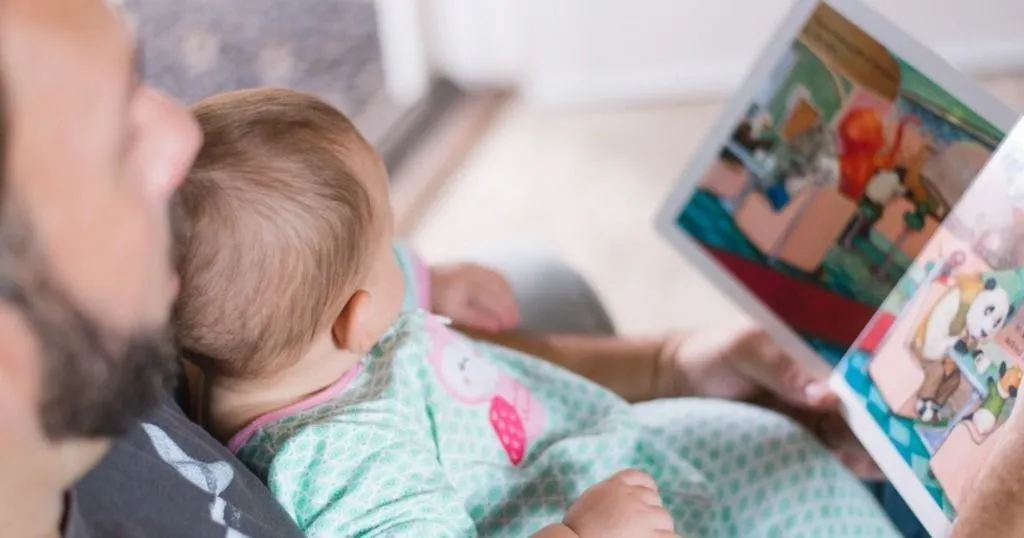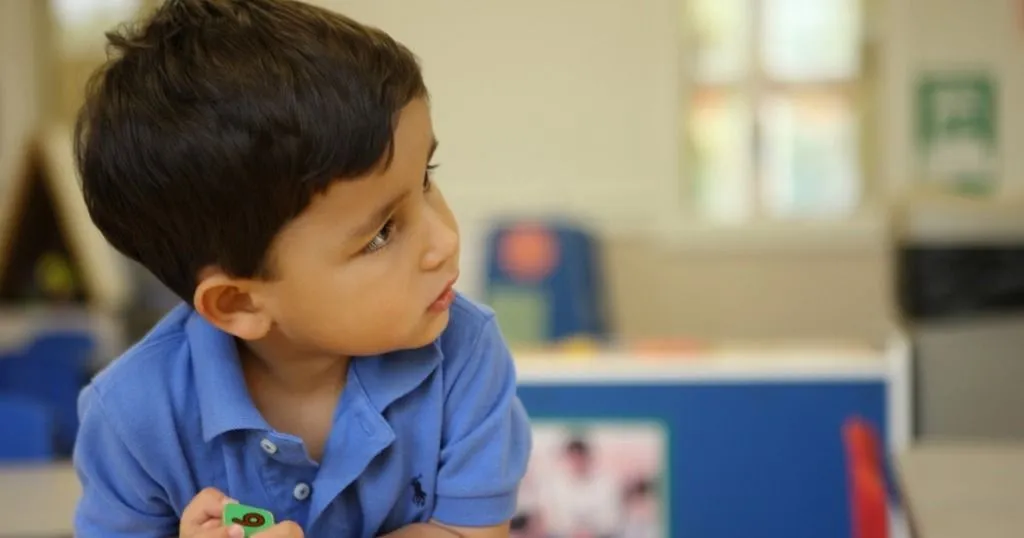The importance of measuring infant behavior for early diagnosis of autism
Most efforts to detect autism before the age of two rely on parental reports rather than infant behavior.
Posted by
Published on
Tue 04 Oct. 2022
Topics
| FaceReader | Infants | Labs | Observational Research | The Observer XT | Viso | Autism | Child Development |

Most efforts to detect autism before the age of two rely on parental reports rather than infant behavior. However, directly measuring infant behavior provides vital information that may enable diagnosis of autism in infants as young as 12 months.
Understanding autism
The last 50 years have seen a radical shift in the understanding and attitudes towards autism or autism spectrum disorder (ASD). What was once a narrowly-defined and rare disorder of childhood onset is now a well-publicized, broadly advocated and intensively researched lifelong condition. Autism is now understood to be both extremely heterogeneous – that is, its characteristics and severity can vary greatly from person to person – and not uncommon.
The core features of autism are problems with verbal and nonverbal social communication, as well as restricted or repetitive sensory-motor behaviors [1]. Most of the times autism manifests in infant behavior and is believed to be strongly associated with a number of genetic components as well as environmental factors (though the causes remain relatively poorly understood).
Autism is generally considered to be a lifelong condition – though this perception is starting to change as the efficacy of early interventions becomes more established [2].
The outlook for autistic people is dramatically better than it once was. More people with autism are able to speak, read, drive, and live in the community rather than in institutions, and many people with autism will be largely symptom-free by adulthood. Autism can include cognitive strengths and even talents, such as memory for and attention to detail. Nonetheless, there are individuals with autism that cannot work full time or live independently, often requiring support of some kind.
Detection and diagnosis of autism
As there are no reliable biomarkers for autism, diagnosis instead depends on the assessment of infant behavior and development. Conventionally, diagnosis of a person on the autism spectrum by an experienced professional in children aged two years or older can be considered reliable [3,4]. Though autism is occasionally detected earlier; many children do not receive a final diagnosis until they are much older.
As with many conditions, early diagnosis of autism is generally considered to be a good thing as it enables timely (and thus more effective) intervention [5,6]. Several studies suggest that low-intensity coaching of parents on how to interact with young autistic children can result in immediate benefits in terms of infant behavior and communication skills [7].
Other research suggests that interventions based on applied behavior analysis (ABA) – the most common therapy for people with an autism diagnosis – benefit from an early start [8]. As a result, the exploration of the effects of autism on infant behavior in children under the age of two is an active area of research.
Investigating autism in young infants
While infant behavior is the primary concern of autism research in infants, most efforts to investigate emotional difficulties in autism in infants younger than two rarely utilize direct observation of infant behavior: instead, they tend to rely on parental reports [9]. However, new research shows that directly recording and analyzing infant behavior can unlock a wealth of information that parental reports cannot provide.
For example, a study by Gangi et al. demonstrated that detecting autism in children as young as 12 months of age is possible by observing infant behavior [10]. In the study, researchers used behavioral observation software to monitor a specific parameter of infant behavior: infant gaze to the face of an adult.
Using cameras to record both adult and infant behavior, the researchers were able to easily compare gaze-to-face infant behavior in two different social contexts: during semi-structured play with a parent and during structured testing with an unfamiliar examiner.
The researchers found that infants who did not go on to get diagnosed with autism would gaze more at their parent’s face during play than at the examiner’s face during testing – whereas the infants who were later diagnosed with autism through use of ADOS-2 did not differ by context.
These results could suggest that infants developing autism may be less sensitive to social context or interactive partners. Certainly, the study supports the validity of directly assessing infant behavior in structured laboratory settings as a means of investigating autism.
Using behavioral coding software
Another study conducted by Sacrey et al. also used automated behavioral coding software to monitor infant behavior in relation to autism. In this study, researchers compared infant behavior at 12 and 18 months in two groups: infants with an “increased likelihood” of developing autism (i.e., an older autistic sibling) and infants with a “lower likelihood” of developing autism (i.e., no family history of autism) in some emotion evoking tasks.
Using behavioral coding software enabled the researchers to assess infant behavior automatically. Affect was coded in five-second intervals based on both facial and vocal cues, while gaze was coded continuously – providing a simple means of characterizing infant behavior throughout the tasks. The researchers found that these infant behaviors, coded as affect and gaze scores, were predictors of autism symptoms at 24 months.

Automatically measuring infant behavior
Behavioral responses provide important information that complements parental reports of emotional regulation, providing a more detailed assessment of infant behavior.
At Noldus, we develop systems that make sophisticated behavior research simple. The Observer XT is our most complete software for human behavioral research, enabling researchers to easily code behaviors on a timeline and carry out thorough analyses.
We also provide a suite of other software solutions for behavior tracking: from Viso, our audio and video recording suite, to Baby FaceReader, a version of our standard FaceReader emotion classification software developed specifically for infant behavior analysis.
All our software tools are easily integrated, enabling researchers to integrate video, audio and eye tracking data into one powerful software package for analysis.
In addition to our standalone tools, Noldus develops custom-built infant behavior labs. We integrate computers, cameras, eye trackers and physiological measurement systems to meet the specific needs of your infant behavior research – yielding comprehensive and accurate data, ready for publication.
We know that unobtrusive observation is often critical in behavioral research. From portable labs deployed in a naturalistic environment to observation labs replicating natural home conditions, we can provide a range of discrete behavior tracking solutions that enable infant behavior to be studied with minimal stress or influence on the subjects.
Want to find out more about our behavior tracking systems or customized turn-key labs? Get in touch with Noldus today.
References and further reading
- Lord, C.; Elsabbagh, M.; Baird, G.; Veenstra-Vanderweele, J. (2018) Autism spectrum disorder. Lancet 392, 508–520.
- Orinstein, A. et al. (2014). Intervention for Optimal Outcome in Children and Adolescents with a History of Autism. Journal of developmental and behavioral pediatrics : JDBP, 35, 247–56.
- CDC. Basics About Autism Spectrum Disorder (ASD) | NCBDDD | CDC. Centers for Disease Control and Prevention https://www.cdc.gov/ncbddd/autism/facts.html (2022).
- Lord, C. et al. (2006). Autism From 2 to 9 Years of Age. Arch Gen Psychiatry, 63, 694.
- Dillenburger, K. (2022) Why early diagnosis of autism in children is a good thing. The Conversation http://theconversation.com/why-early-diagnosis-of-autism-in-children-is-a-good-thing-33290.
- Children, Y. & Corsello, C. M. Early Intervention in Autism. (2005).
- Weitlauf, A. S. et al. (2014) Therapies for Children With Autism Spectrum Disorder: Behavioral Interventions Update.
- Peters-Scheffer, N.; Didden, R.; Korzilius, H.; Sturmey, P. (2011) A meta-analytic study on the effectiveness of comprehensive ABA-based early intervention programs for children with autism spectrum disorders. Database of Abstracts of Reviews of Effects (DARE): Quality-assessed Reviews [Internet] (Centre for Reviews and Dissemination (UK), 2011).
- Sacrey, L.-A. R. et al. (2021) Affect and gaze responses during an Emotion-Evoking Task in infants at an increased likelihood for autism spectrum disorder. Molecular Autism 12, 63.
- Gangi, D. N. et al. (2018). Gaze to faces across interactive contexts in infants at heightened risk for autism. Autism, 22, 763–768.
- Reducing distress in mothers of children with autism and other disabilities: a randomized trial - PubMed. https://pubmed.ncbi.nlm.nih.gov/25049350/.
Related Posts

The effectiveness of physical therapy sessions for children with cerebral palsy

Observe police interrogations – research on adolescence



